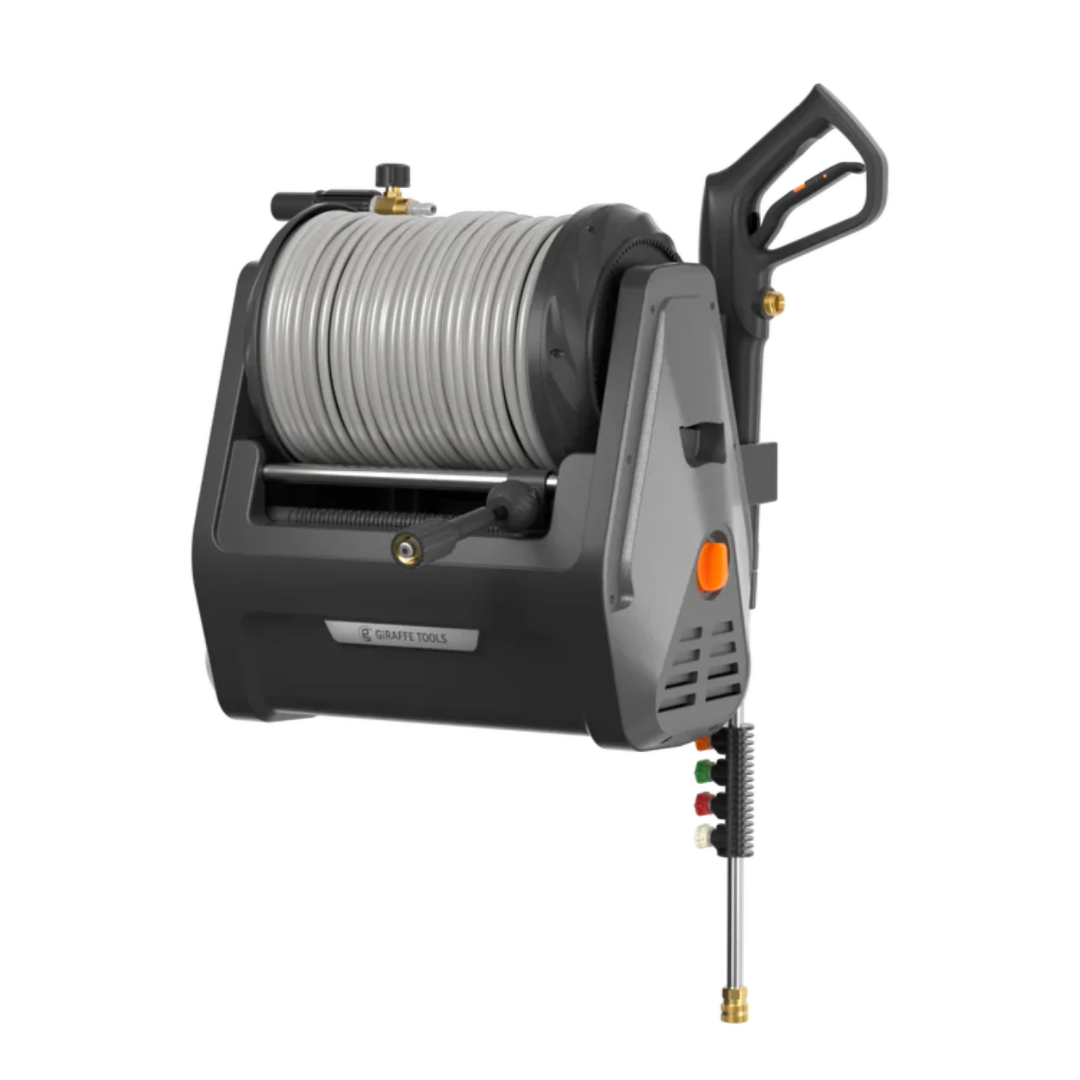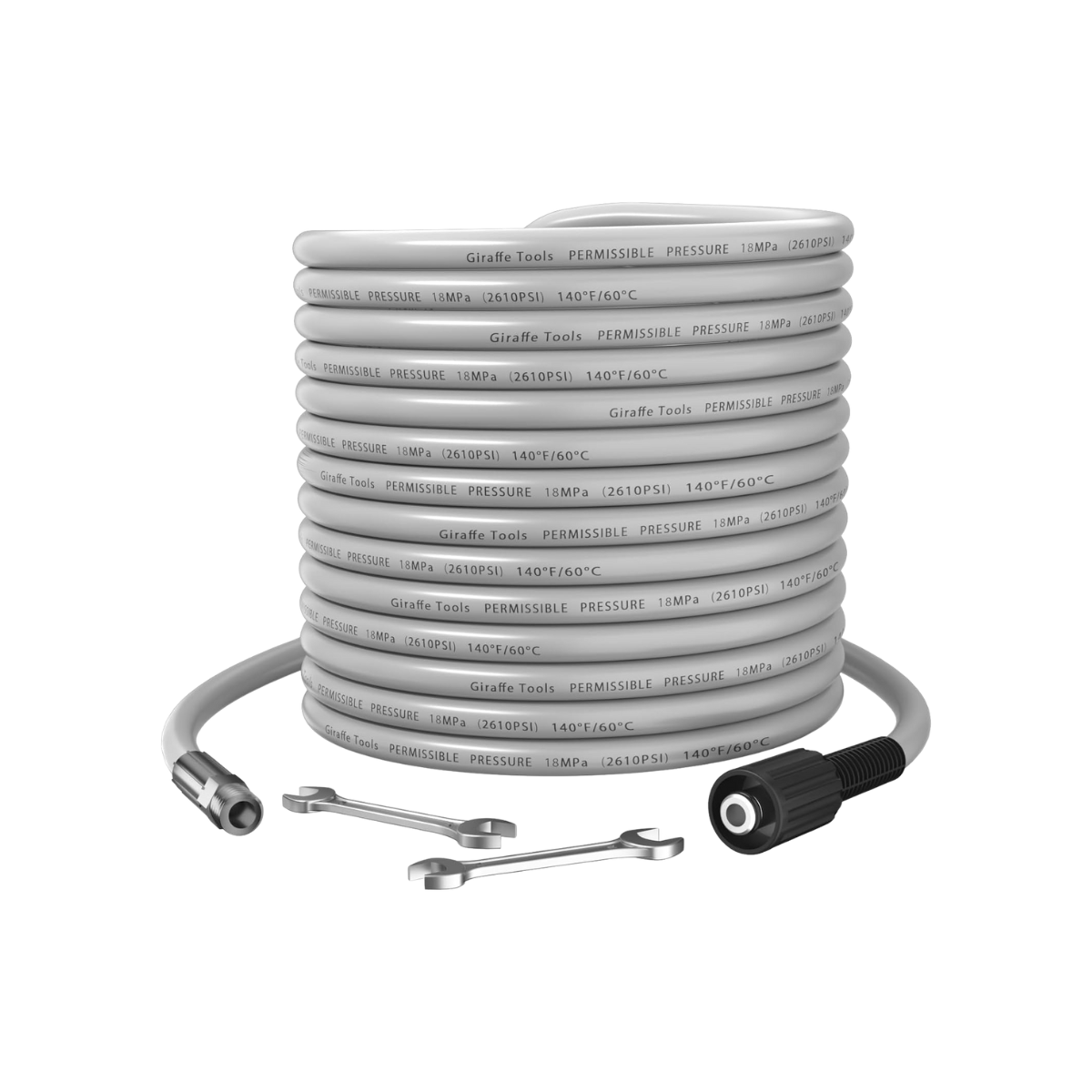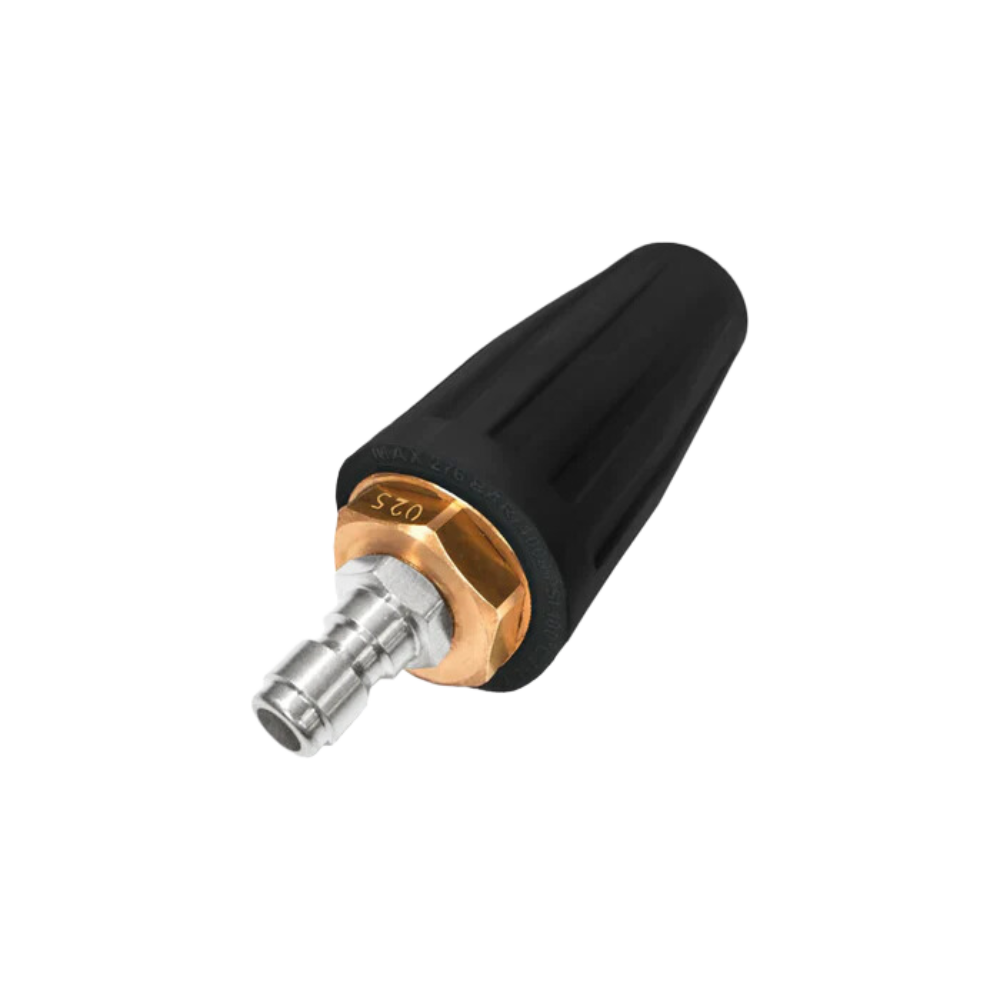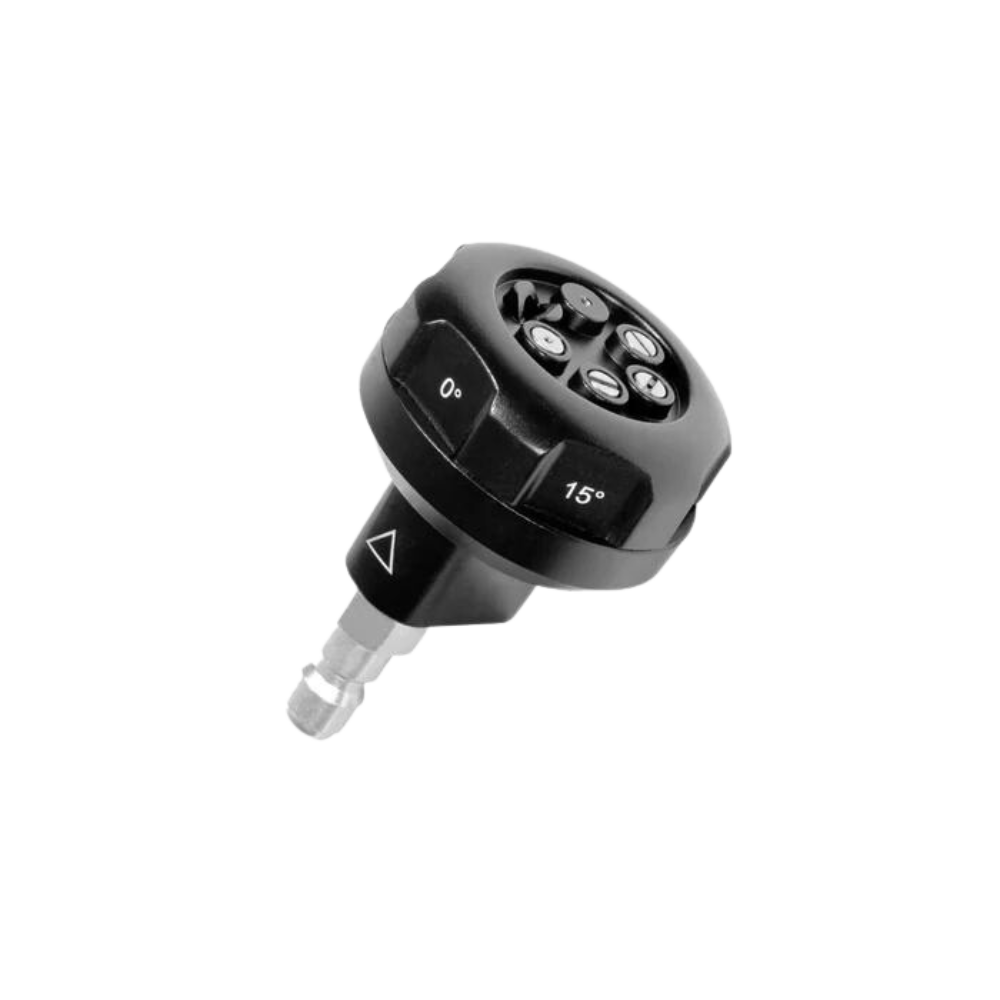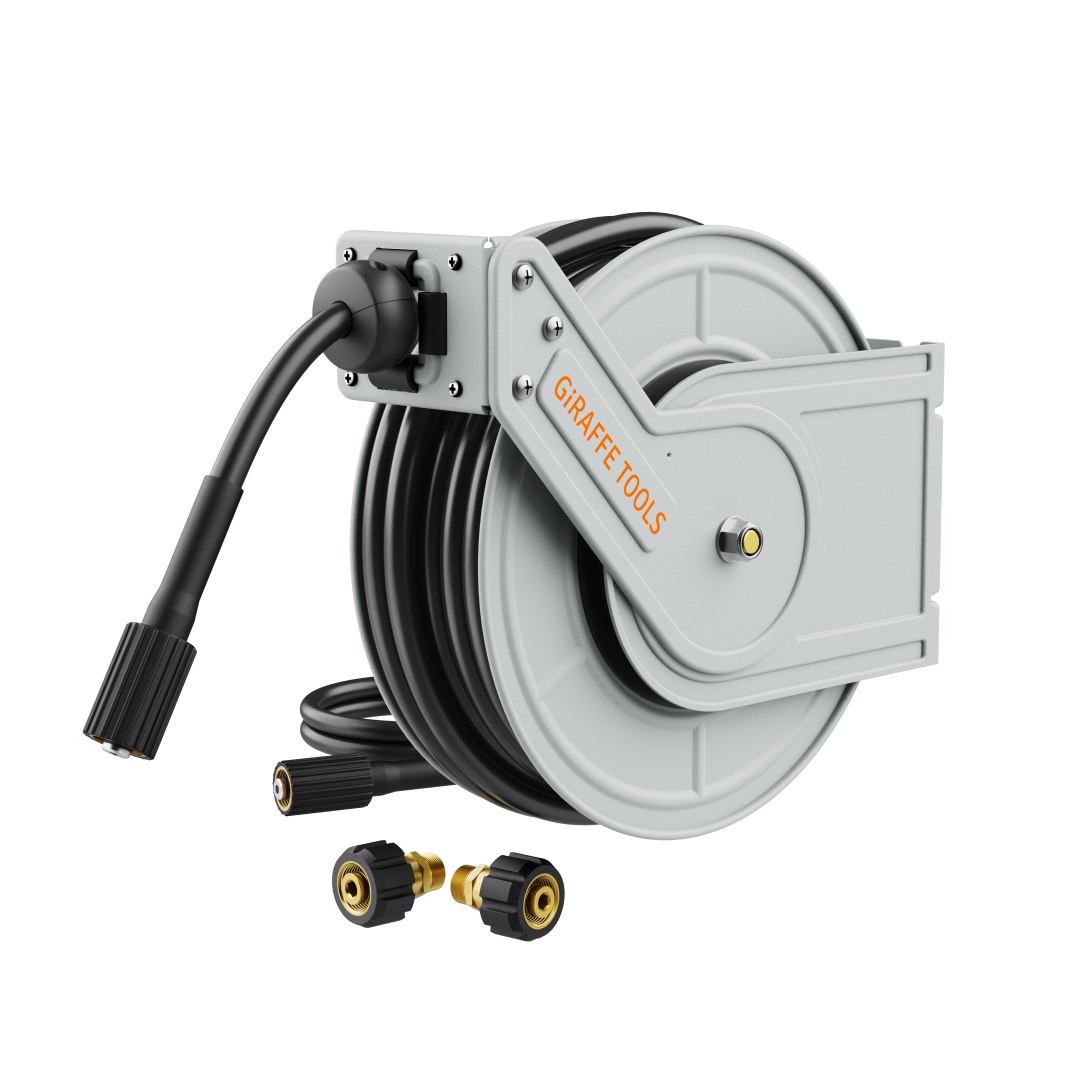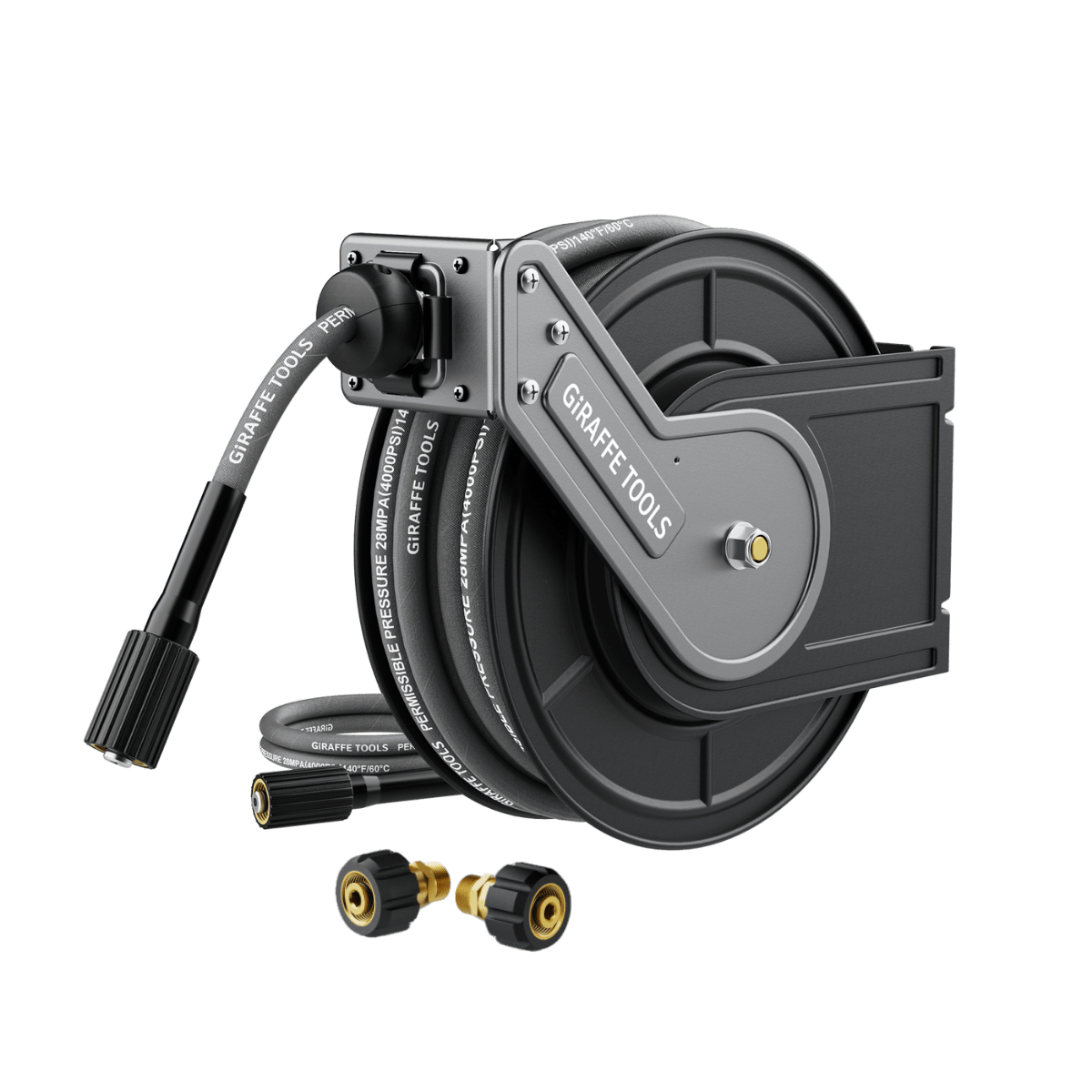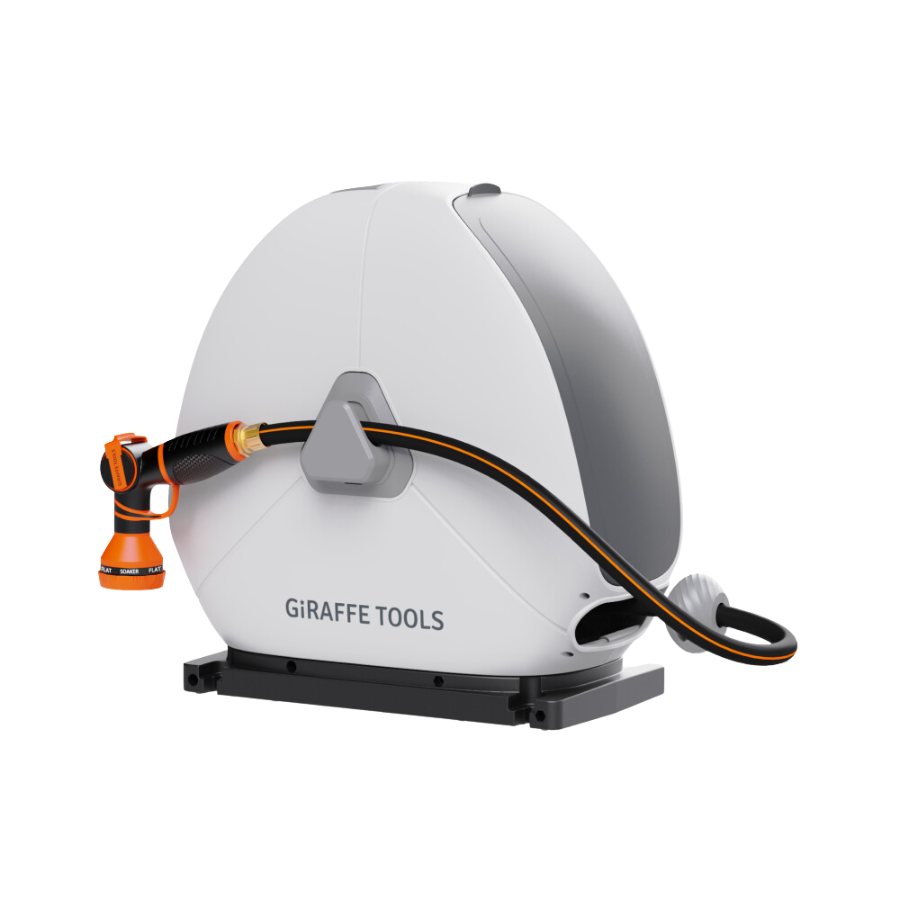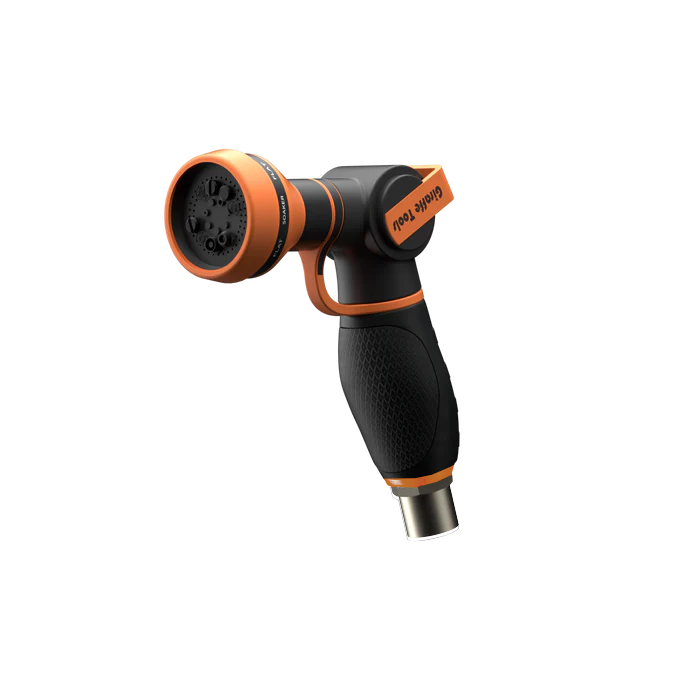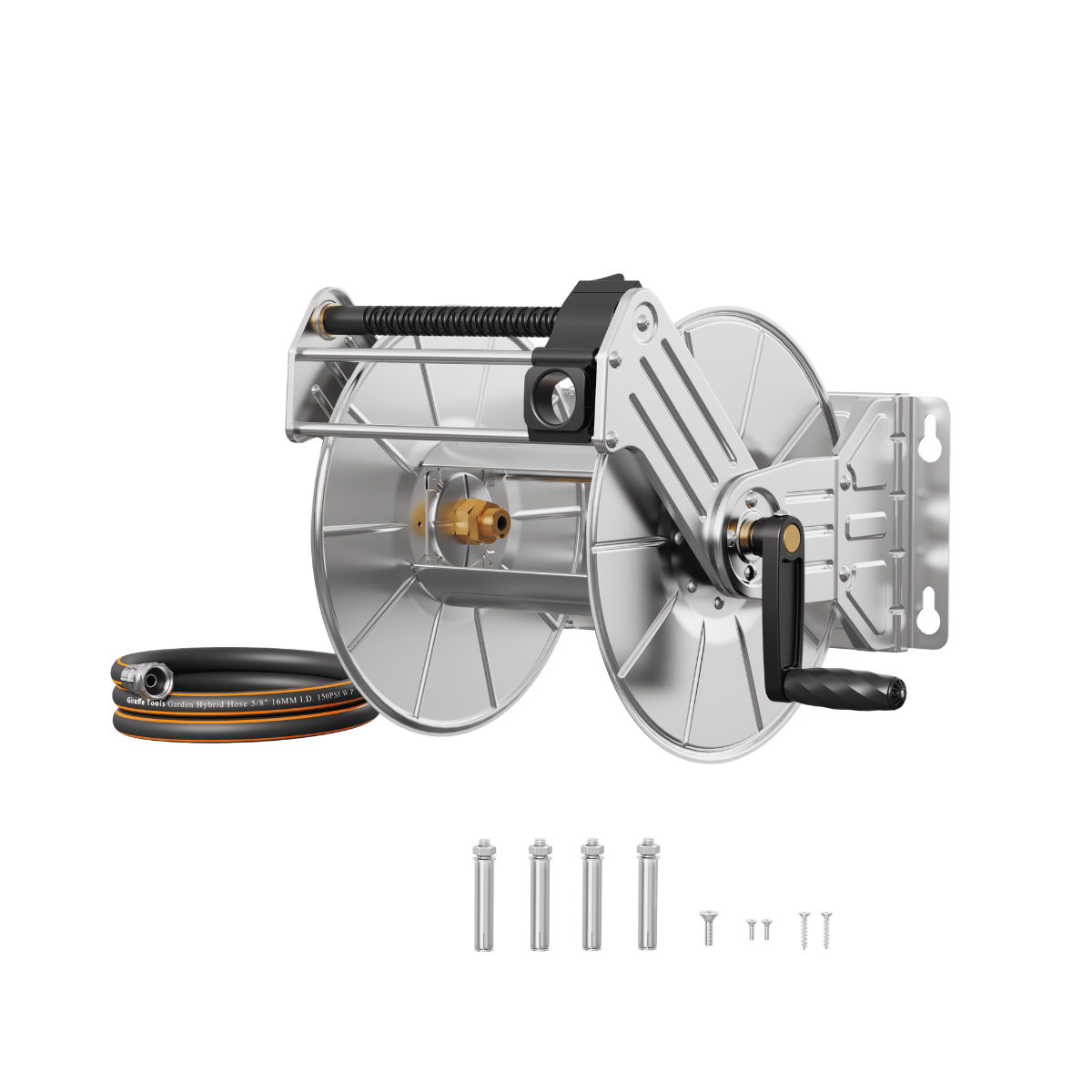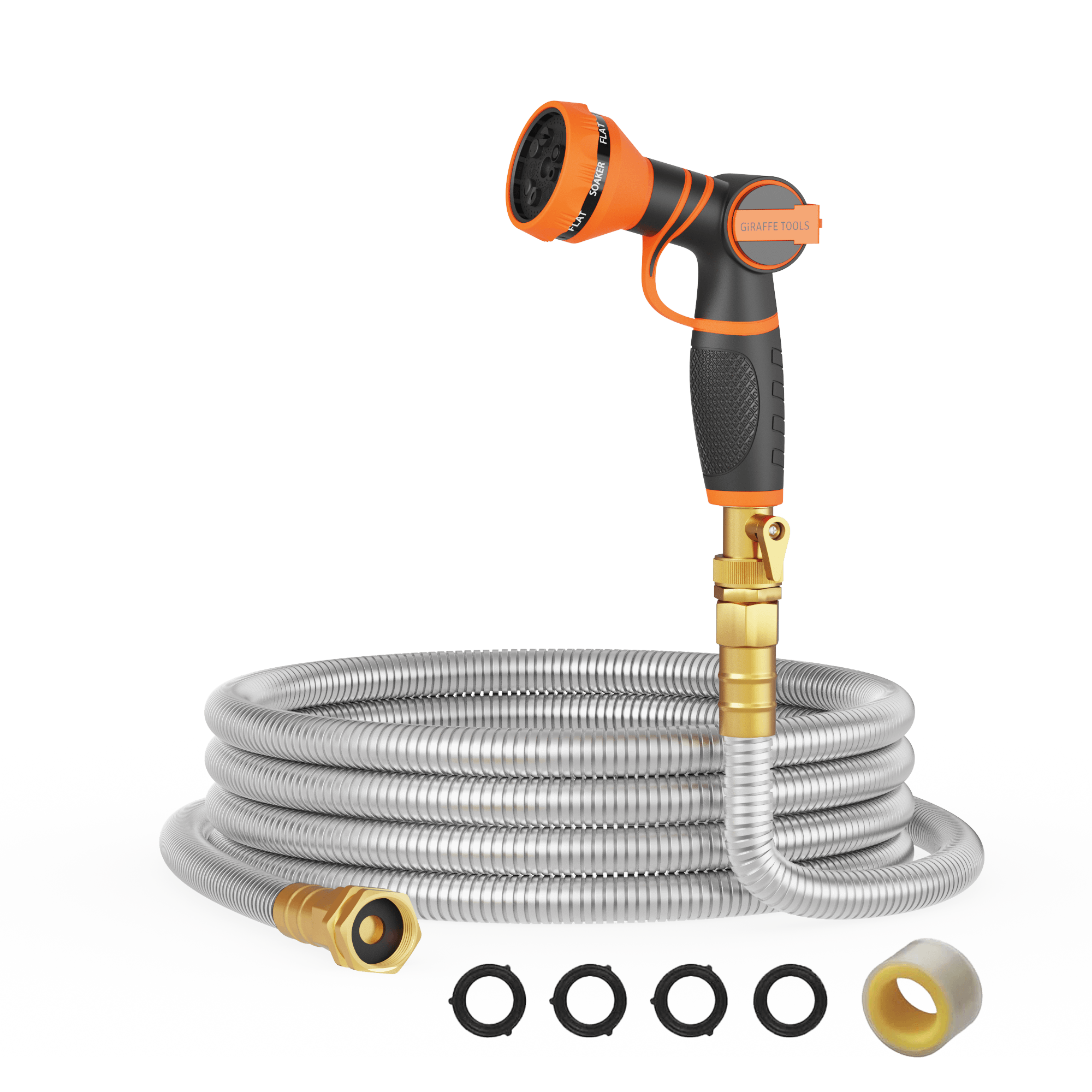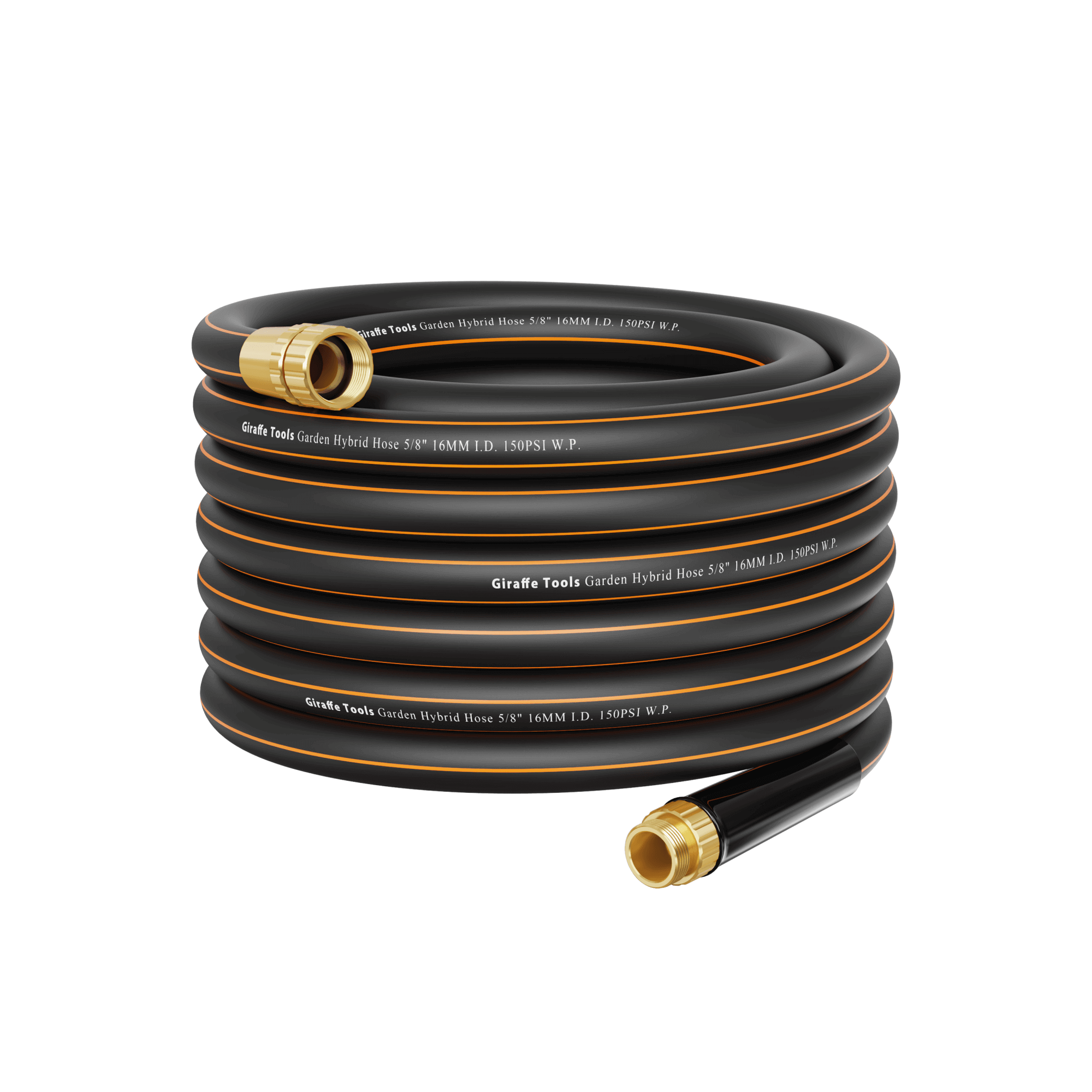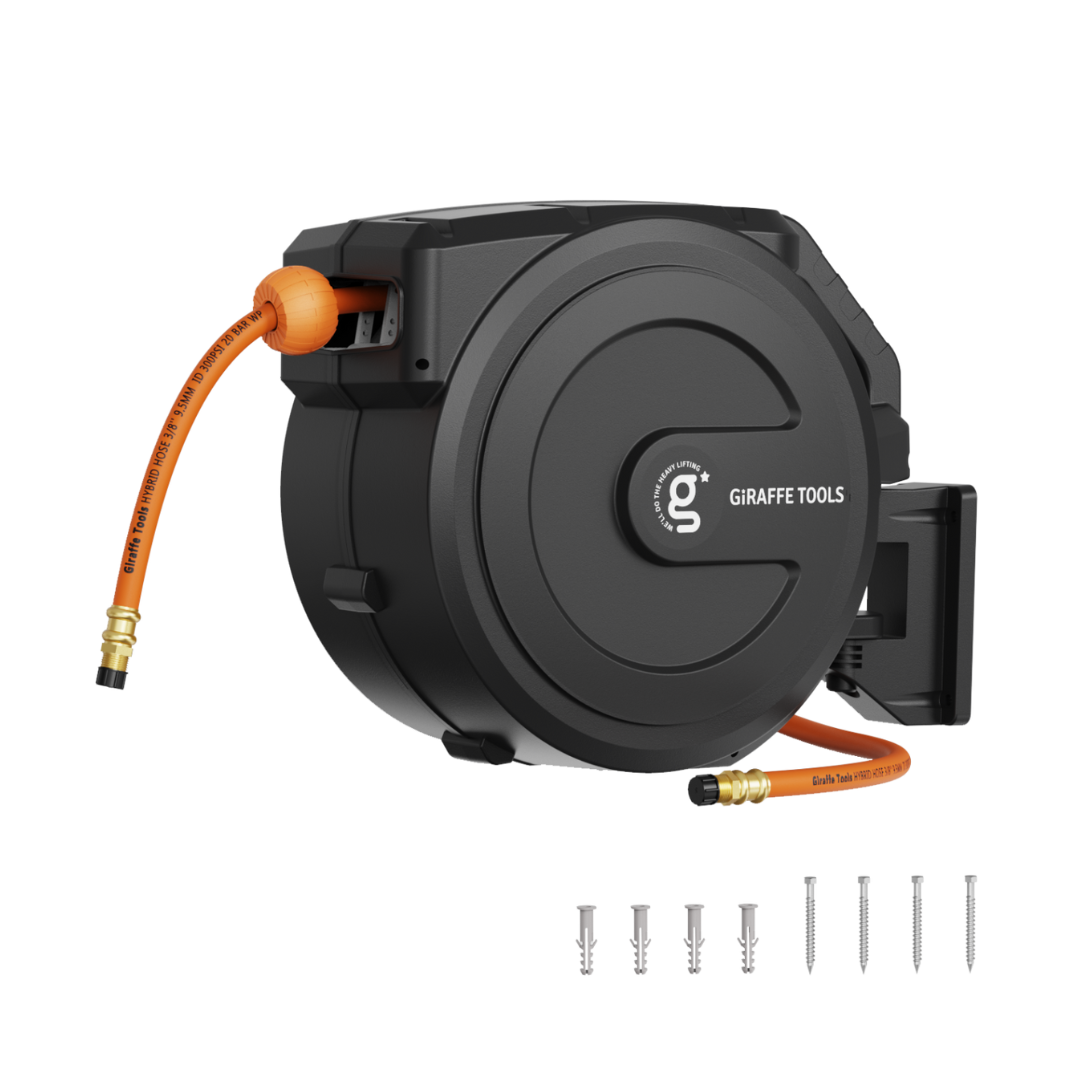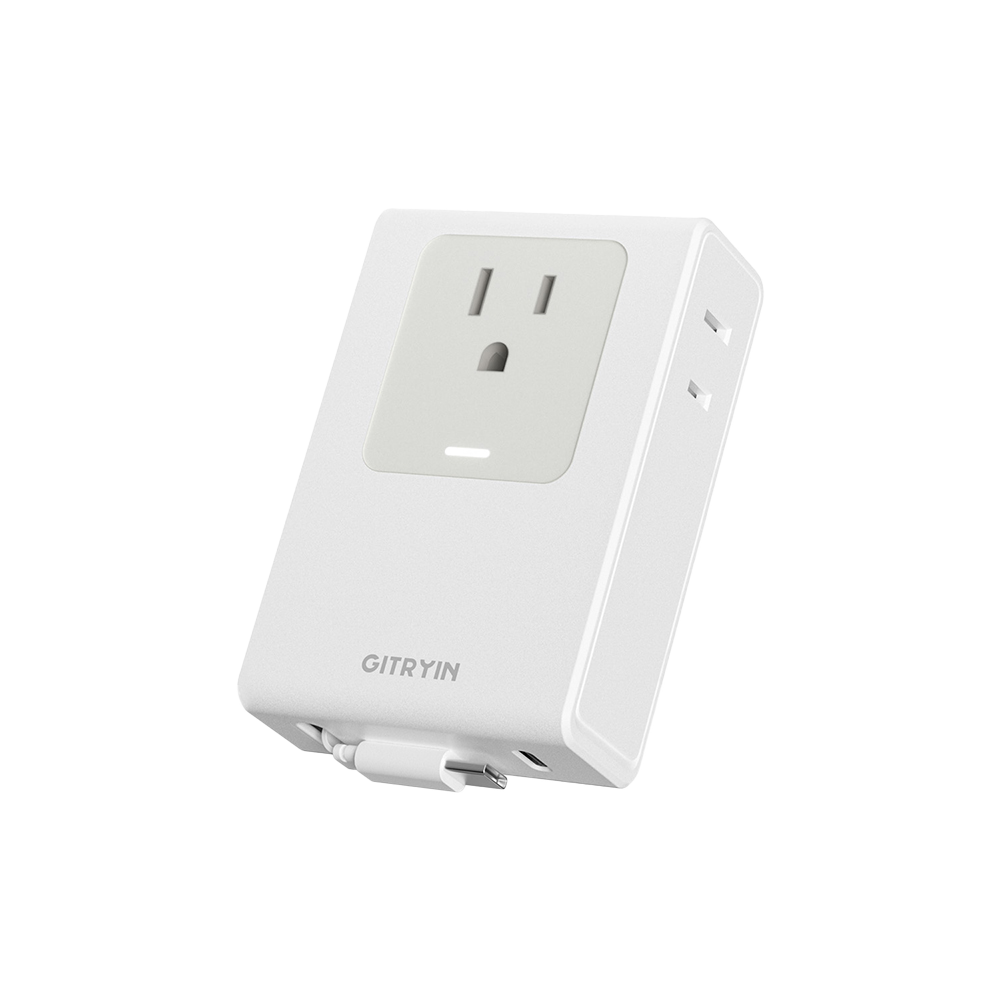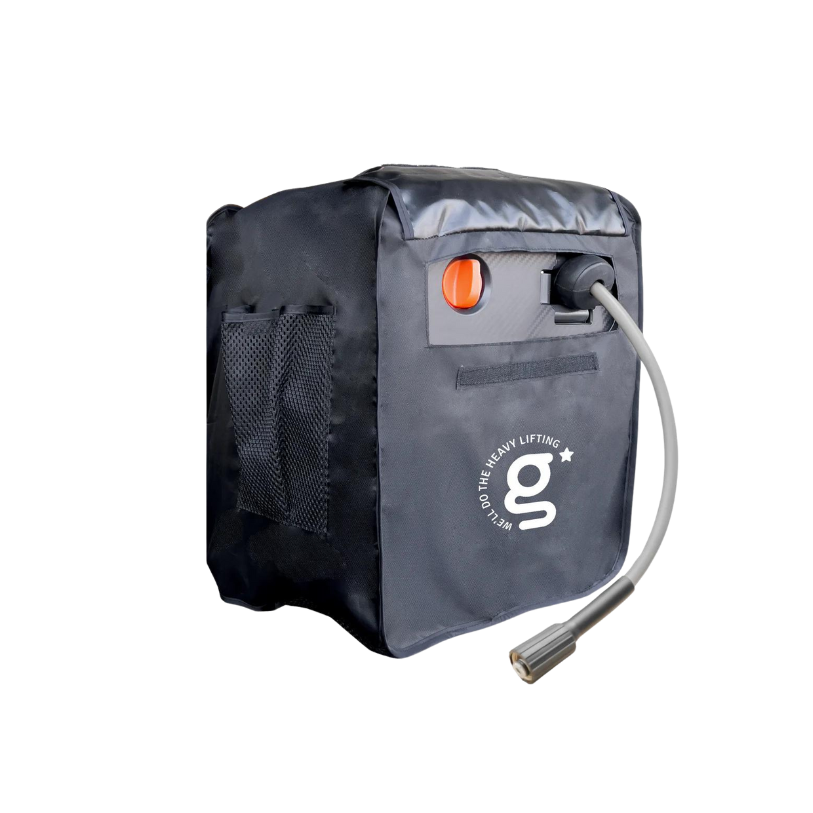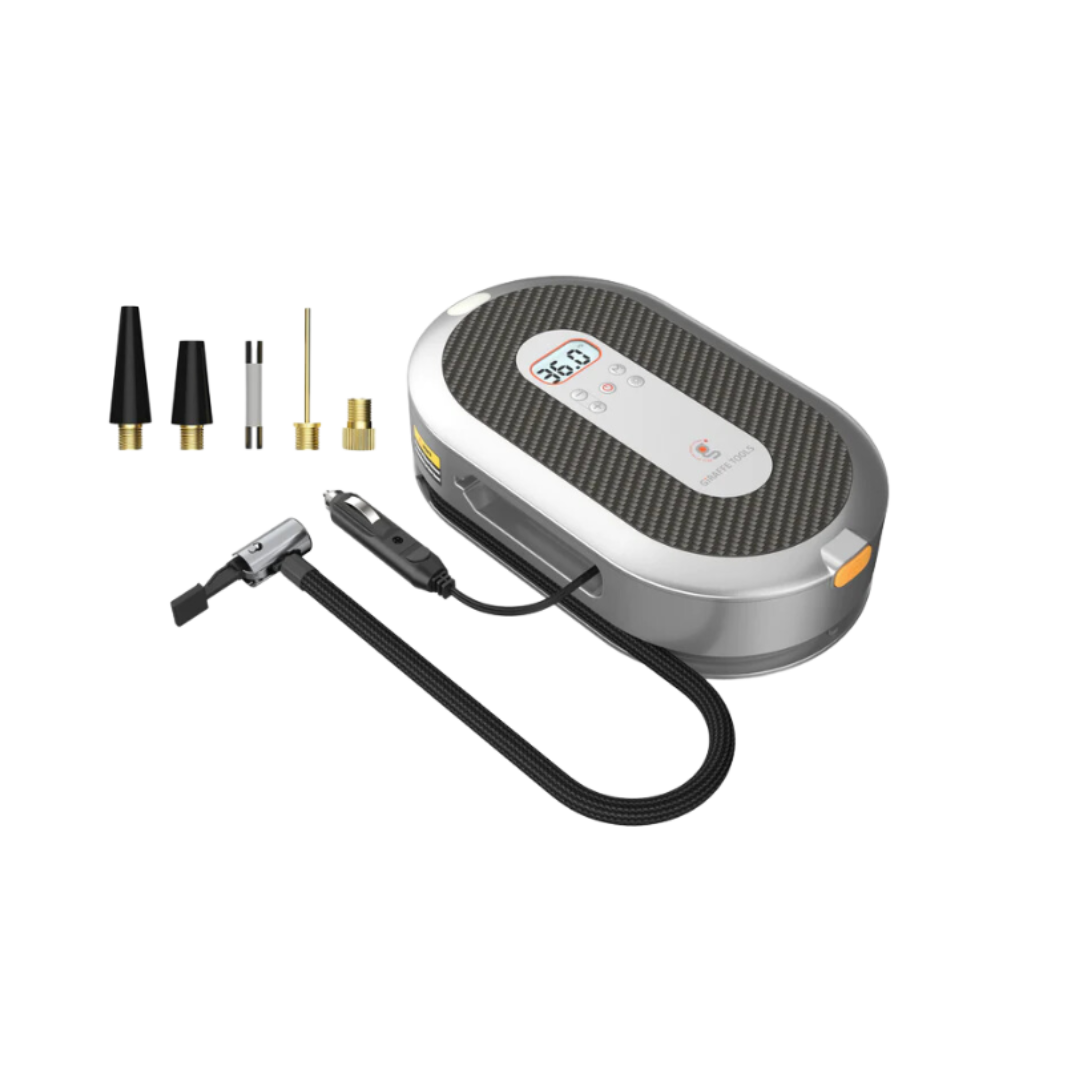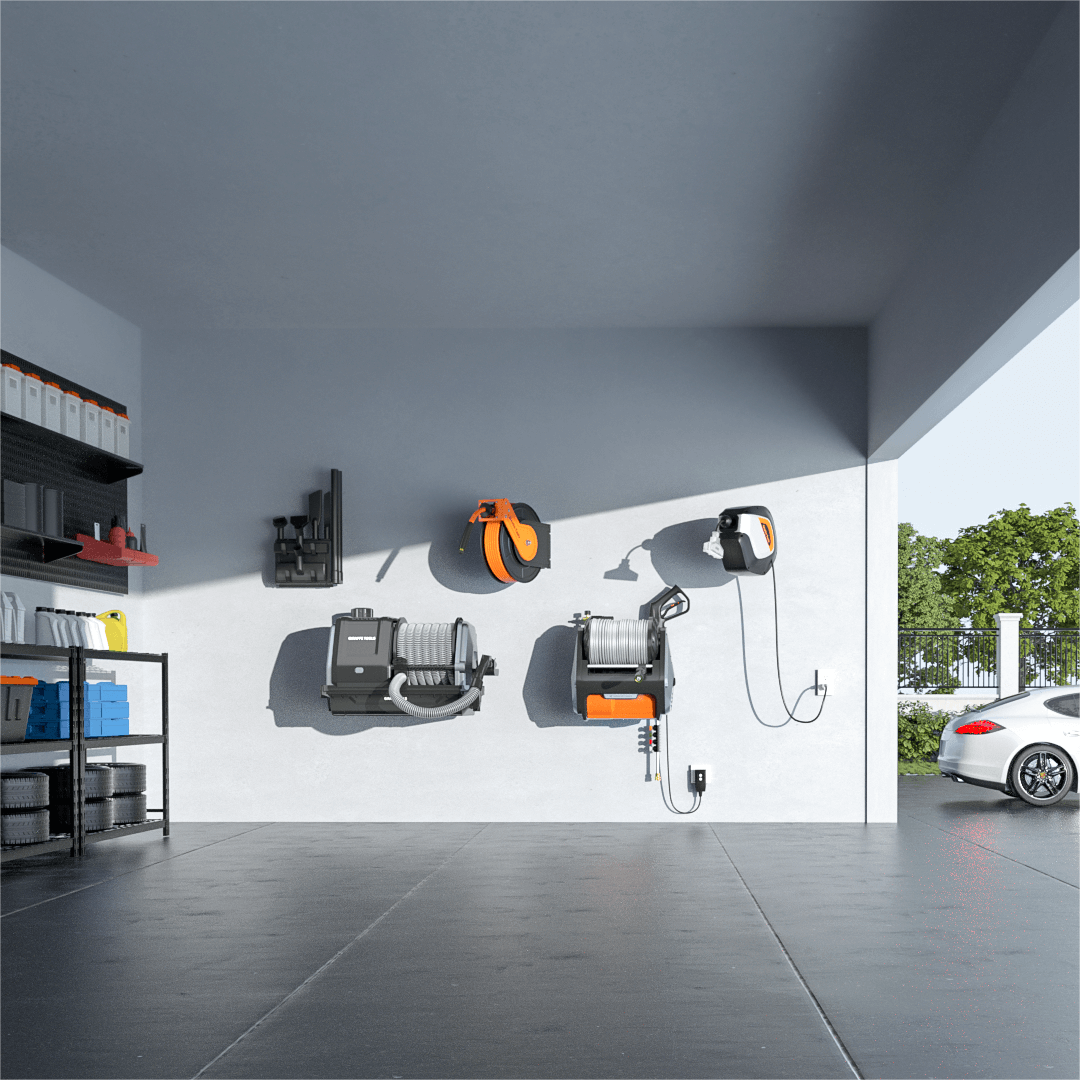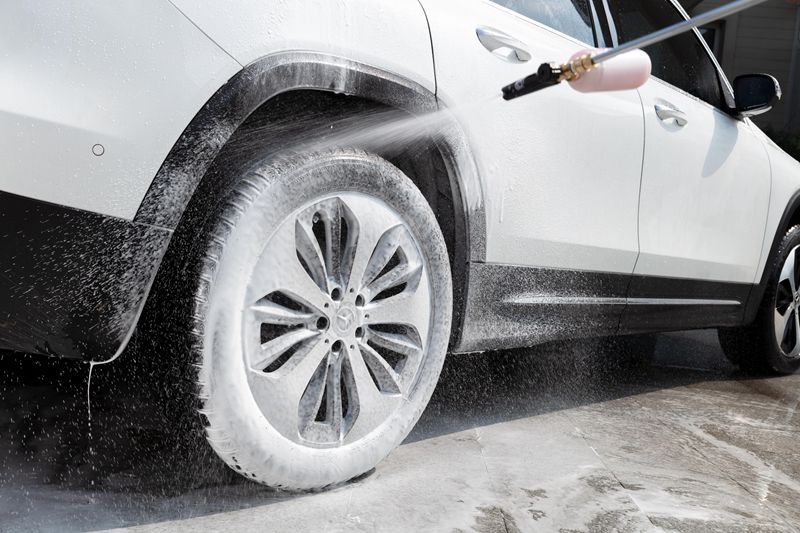Using a pressure washer is a great experience, except when it does not start or stay running. It gets really annoying when such a thing happens during cleaning. But gladly, there are a few ways how you can avoid it totally. As it is a common problem with most pressure washers, I think a lot of users will find this blog helpful.
Moreover, when you know what to do if your pressure washer is not working properly, you can save a lot of time by taking the right actions immediately.
Before I begin with the blog, I would like to tell you that not every pressure washer has these issues. For instance, the one designed by Giraffe tools is perfect in all aspects. Their pressure washer is super easy to start and runs without any blockage. Besides that, even if the pressure washer stops running due to some minor issues, the user won’t get hurt. It is designed in a manner to help you stay completely safe while cleaning.
Now without delaying any further, let’s dive into the blog for learning why won’t your pressure washer start or stay running and how to solve it!
In this guide, we'll explore …
- Troubleshooting Spark Arrestor
- Troubleshooting Fuel Filter
- Troubleshooting Air Filter
- Troubleshooting Carburetor
- Troubleshooting Fuel Cap
- Troubleshooting Electric Pressure Washer
Reasons Why a Pressure Washer is Not Working Properly
Well, there can be a lot happening within the parts of a pressure washer but some of the most common causes why it starts and dies are issues related to spark arrestor, fuel filter, fuel cap, carburetor, and clogging of the pressure washer filter. I will be discussing the solutions to each problem in detail!
How to Troubleshoot the Spark Arrestor?
First, let’s start with troubleshooting the spark arrestor. To begin, you need to first know that a spark arrestor gets dirty over time due to the soot released while preventing the machine from sparking. This soot causes blockage in the spark arrestor, causing issues with the running of the machine. But you can easily clean the soot with the help of a brush.
However, if cleaning the soot is not helping, you probably need to buy a new spark arrestor for your machine.
How to Troubleshoot the Fuel Filter?
If you own a gasoline power pressure washer, then only you need to follow this step otherwise you can skip to the next. As the name suggests, a fuel filter cleans the fuel of any residue before it is used in the machine.
Now, the entire residue gets collected in the filter for months and if you do not clean it on time, it will soon get blocked. Hence, cleaning it once every three months is a great idea.
Clean whatever unused fuel is there in the filter and replace it with new fuel. That’s all you need to do for troubleshooting the fuel filter!
How to Troubleshoot the Air Filter?
When the air filter is clogged, it causes blockage in the entrance of the air into the carburetor. Start with cleaning the fuel line seals with a brush. You can easily clean it by yourself.
If the air is not getting filtered properly after cleaning, you need to replace the air filter.
How to Troubleshoot the Carburetor?
Often the problem lies in the carburetor itself and hence, no matter how much you clean the other parts, the problem still persists. The carburetors often do not work properly because it was kept unused for a long time. It also happens when you forget to winterize the machine before storing it. A few signs that your carburetor needs cleaning are:
- The pressure washer is stalling continuously and not working smoothly for long.
- If the motor is releasing black smoke, there can be clogging in the carburetor.
- If you hear a popping or clicking sound while running the pressure washer, it can signify an improper mixture of air and fuel due to clogging in the carburetor.
- Fuel leakage can also be caused due to a blocked carburetor.
The steps of cleaning the carburetor are:
- Carefully remove the fuel valve and the spark plug to make the carburetor visible for cleaning.
- Now slowly disconnect the gas line between the carburetor and the fuel tank. Guard the line so that there is zero fuel leakage.
- Use a screwdriver to remove the carburetor from its place. Make sure a throttle cable is disengaged before you begin with the carburetor cleaning process.
- Carefully spray a cleaning liquid on the carburetor. Do not spray on the rubber parts as it can cause erosion.
- Clean the other parts of the carburetor with clean water and then dry with compressed air.
- Now carefully put back the carburetor in place.
How to Troubleshoot the Fuel Cap?
Lastly, you need to check your fuel cap for any blockage. To check, loosen the fuel cap slightly and then try to ignite the engine. If the machine starts running, know that there is a blockage in it. Start cleaning it with a brush or plain water. If the problem persists, I recommend you replace the fuel cap.
How to Troubleshoot an Electric Pressure Washer that Starts and Then Dies?
As electric pressure washers do not come with a carburetor, they need to be cleaned differently. Here are the steps:
- Before troubleshooting the machine, unplug it.
- Now see the parts to check for any blockage and clean them as mentioned in the guide above.
- Check the fuse to see if it is working properly. Change it immediately if there are any issues because a machine with a problematic fuse is dangerous.
- If any burning smells are coming out of the machine, please seek professional help.
- Check if the machine is receiving ample current for working properly.
- Avoid using an extension cord and plug the machine directly into the power outlet.
Final Thoughts
I have tried to cover each cleaning process in as detail as I can. Make sure you follow all the steps correctly for the best results. I would recommend you to not come to any conclusion before you are done checking and cleaning all the parts.
So when will you clean your pressure washer and help it run smoothly? I am eager to know!


